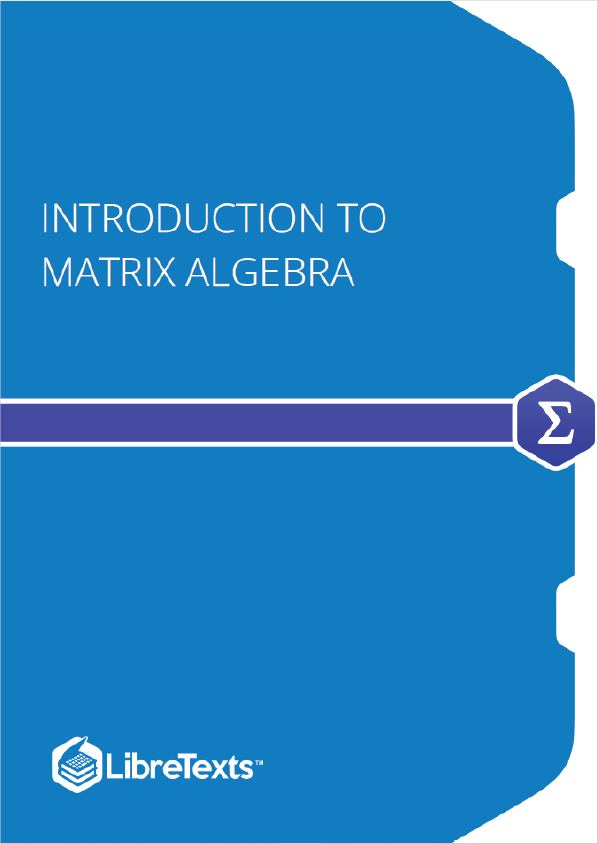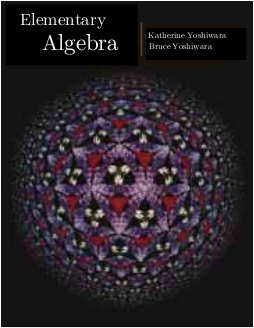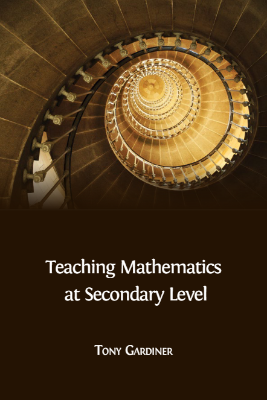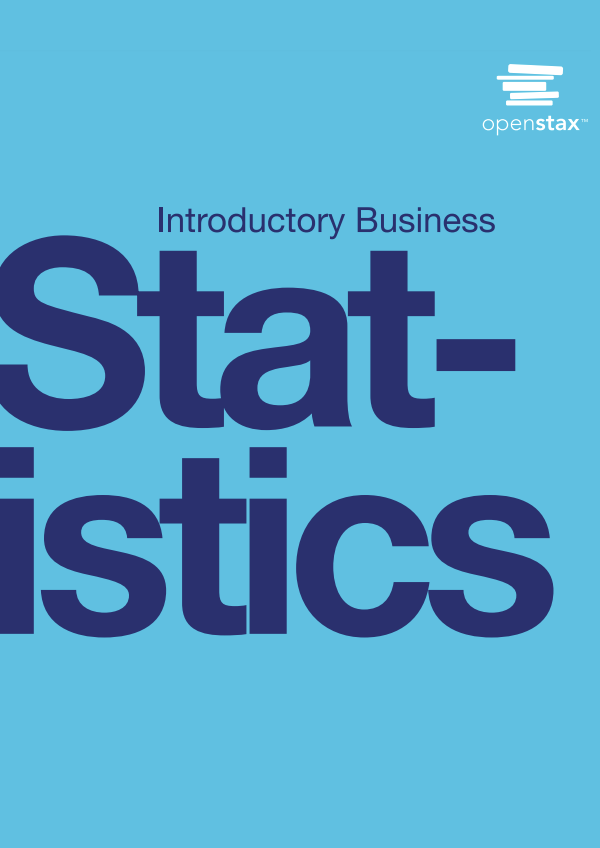Learning Objectives
After reading this chapter, you should be able to
(1). define what a matrix is.
(2). identify special types of matrices, and
(3). identify when two matrices are equal.
What does a matrix look like?
Matrices are everywhere. If you have used a spreadsheet such as Excel or written numbers in a table, you have used a matrix. Matrices make presentation of numbers clearer and make calculations easier to program. Look at the matrix below about the sale of tires in a Blowoutr’us store – given by quarter and make of tires.
System of Equations
Learning Objectives
After reading this chapter, you should be able to:
(1). setup simultaneous linear equations in matrix form and vice-versa,
(2). understand the concept of the inverse of a matrix,
(3). know the difference between a consistent and inconsistent system of linear equations, and
4. learn that a system of linear equations can have a unique solution, no solution or infinite solutions.
Matrix algebra is used for solving systems of equations. Can you illustrate this concept?
Matrix algebra is used to solve a system of simultaneous linear equations. In fact, for many mathematical procedures such as the solution to a set of nonlinear equations, interpolation, integration, and differential equations, the solutions reduce to a set of simultaneous linear equations. Let us illustrate with an example for interpolation.
Gaussian Elimination Method for Solving Simultaneous Linear Equations
Learning Objectives
After successful completion of this lesson, you should be able to
(1). write the algorithm to solve a set of simultaneous linear equations using Naïve Gauss elimination method
(2). solve a set of simultaneous linear equations using Naïve Gauss elimination.
(3). use the forward elimination steps of Gauss elimination method to find determinant of a square matrix,
(4). enumerate theorems related to determinant of matrices,
(5). relate the zero and non-zero value of the determinant of a square matrix to the existence or non-existence of the matrix inverse.
(6). enumerate the pitfalls of the Naïve Gauss elimination method
(7). show the pitfalls of Naïve Gauss elimination method through examples
(8). write the algorithm to solve a set of simultaneous linear equations using Gaussian elimination with Partial Pivoting.
(9). solve a set of simultaneous linear equations using Gauss elimination method with partial pivoting











